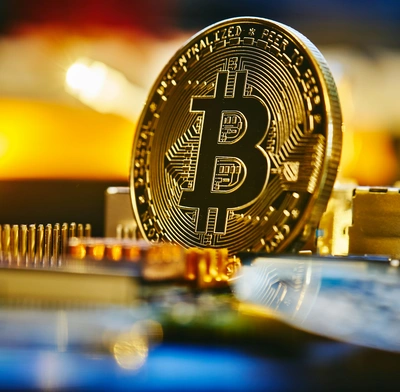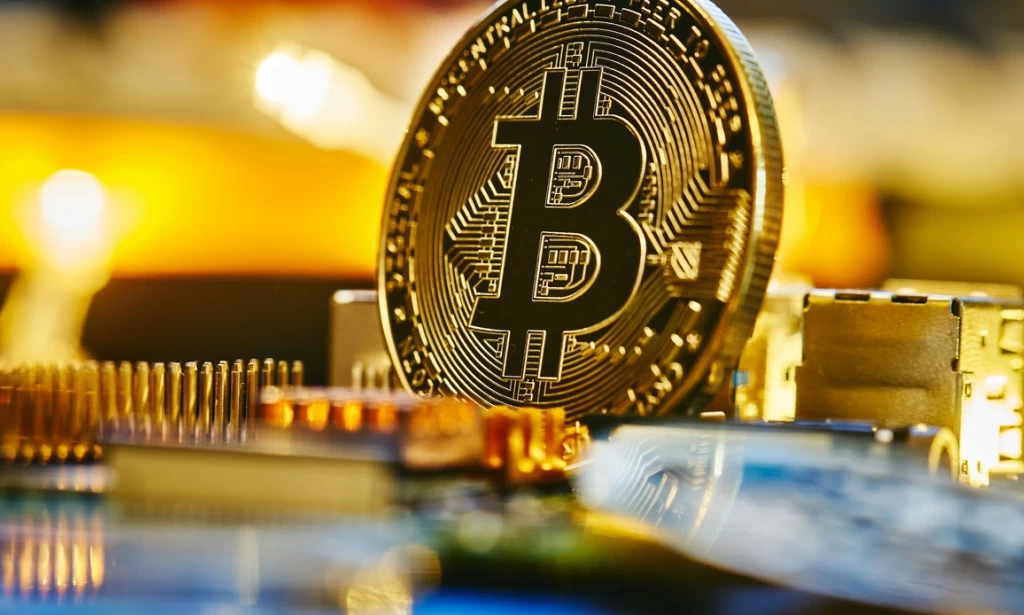The Bank for International Settlements (BIS) has published new research arguing that fast payment systems and central bank digital currencies (CBDCs) could play similar roles in the future of money.
The paper, Competing Digital Monies, models the rivalry between bank deposits, big tech tokens and public digital money. It finds that both CBDCs and real-time payment rails can improve access and efficiency in the global payments landscape.
From walled gardens to open rails
After decades of stability in retail payments, the study says the rise of digital platforms and new public infrastructures marks “a fundamental shift” in how money moves. From Kenya’s M-Pesa to China’s Alipay, closed ecosystems have expanded access to finance while creating “walled gardens.” Public systems like Brazil’s Pix and proposed CBDCs, the authors argue, could restore interoperability by linking banks, tech firms and users across networks.
“When payment systems are not interoperable, access and trade volumes are inefficiently low,” the paper notes, adding that even if fast payments and CBDCs cause some disintermediation, both can still boost inclusion and social welfare.
Similar tools, shared outcomes
The BIS concludes that fast payment systems and CBDCs are “essentially equivalent” in industrial-organisation terms. Both can broaden inclusion and raise welfare, though they may also soften competition and lift merchant fees.
The findings come as central banks weigh whether to issue their own digital money or upgrade existing rails. “Introducing a retail CBDC might not be a top priority for countries where an efficient FPS is already in place,” the authors write, suggesting that the future of money may hinge less on creating new currencies than on connecting existing ones.




You must be logged in to post a comment.